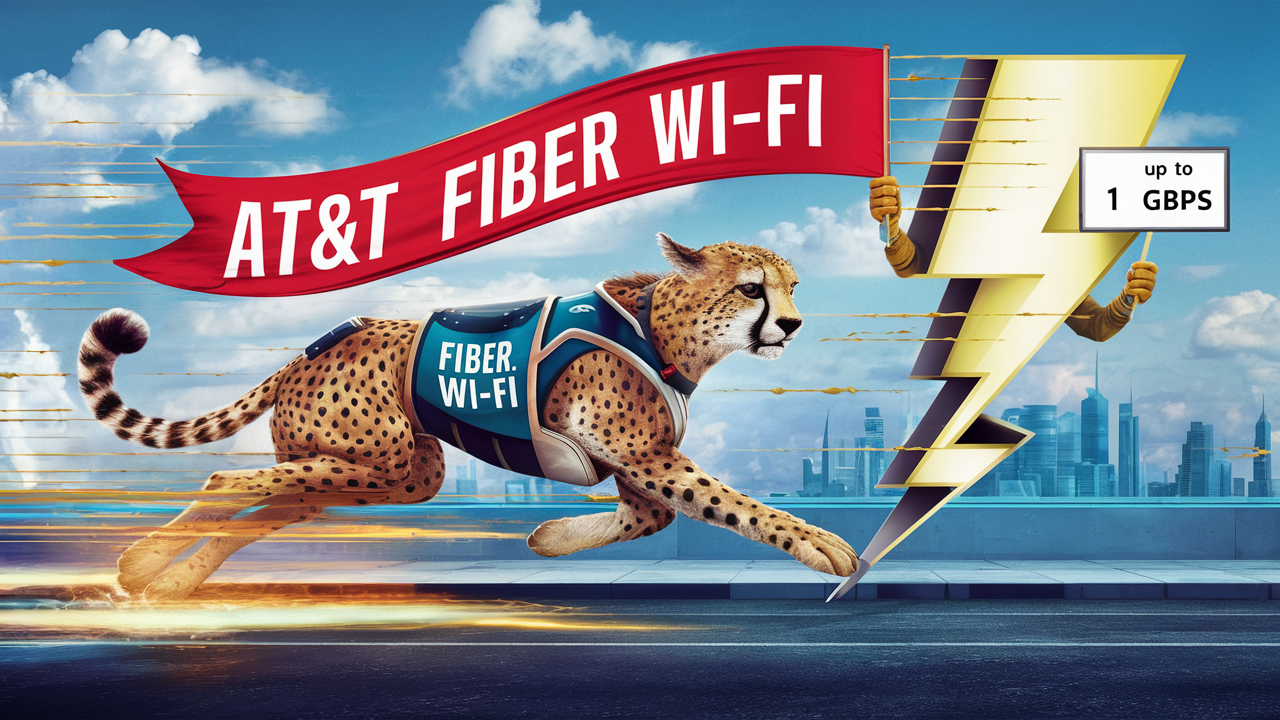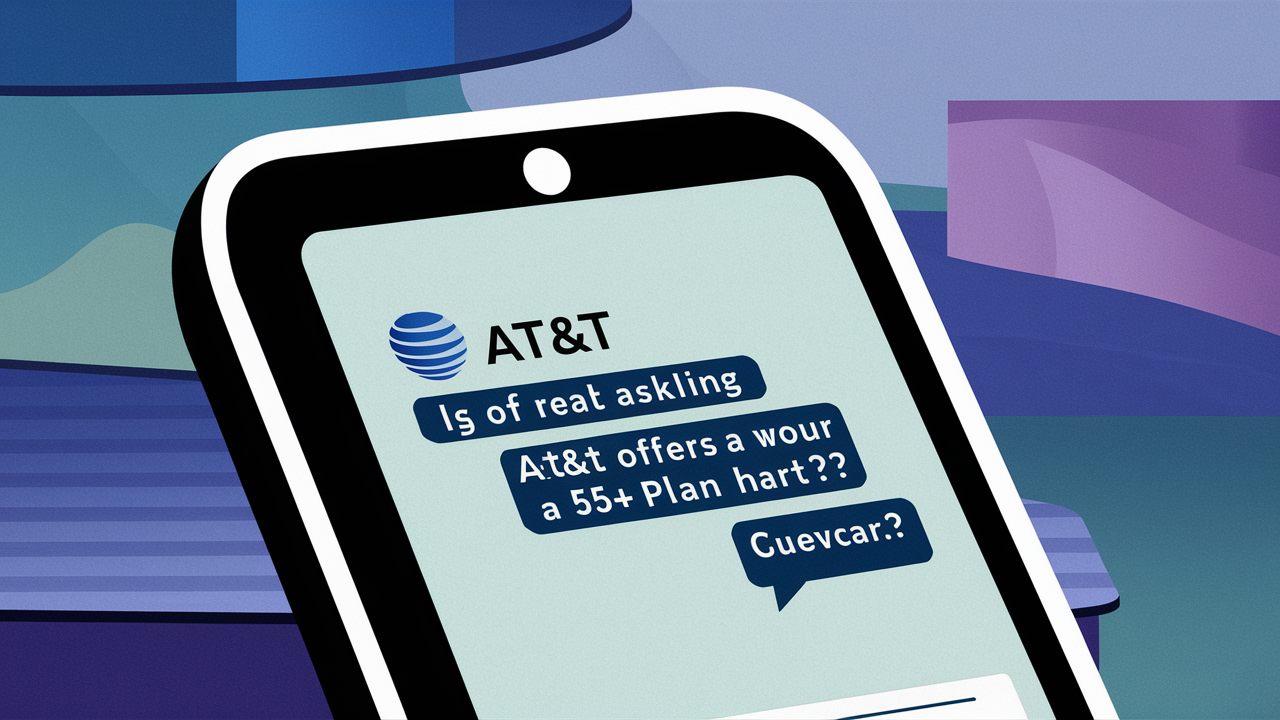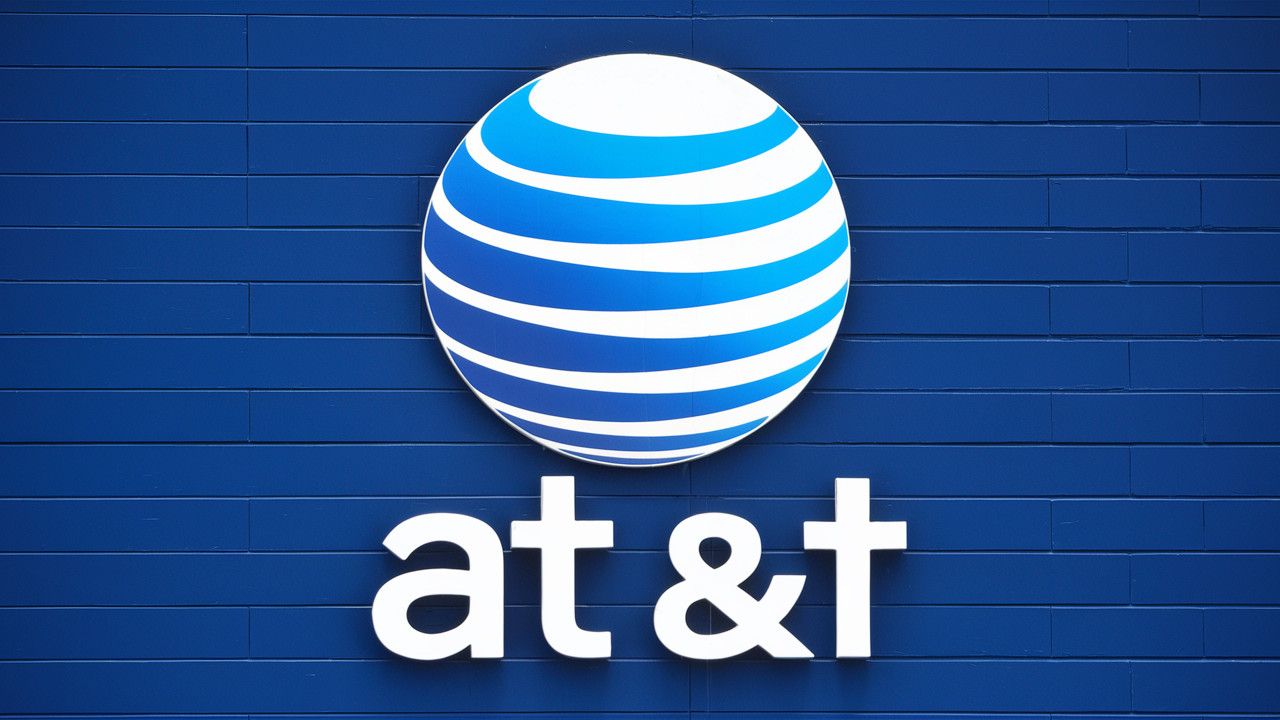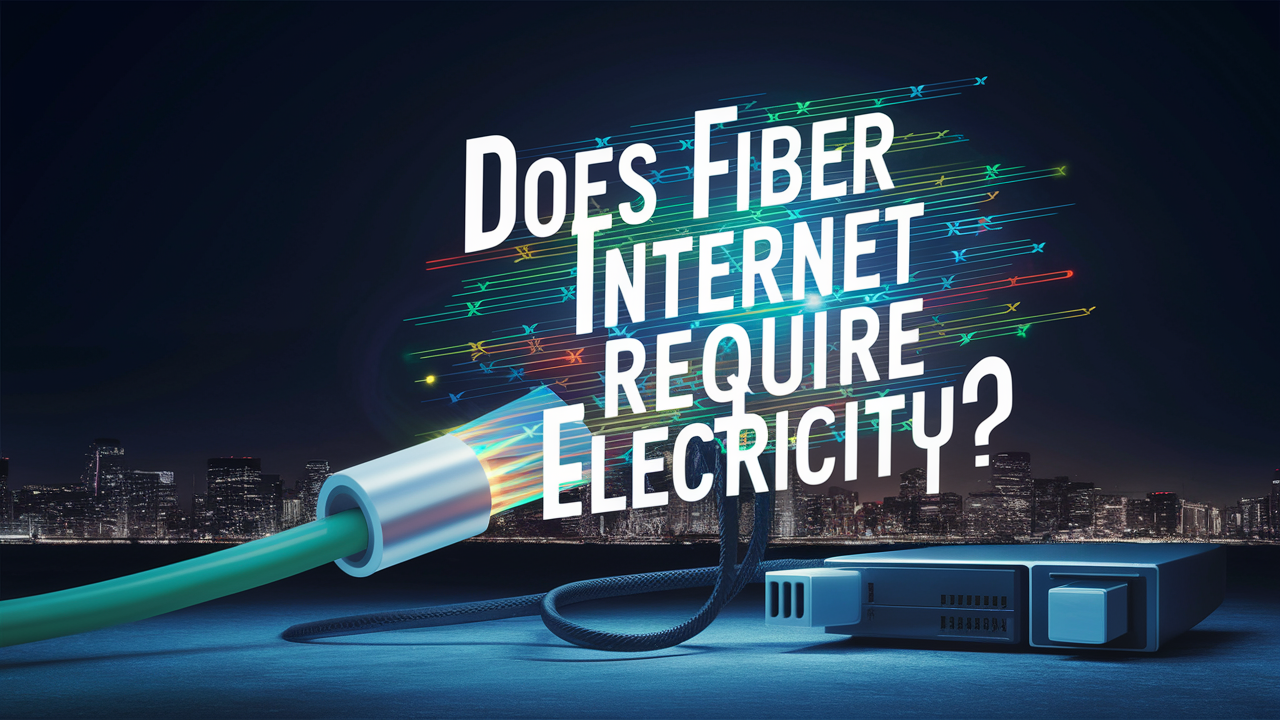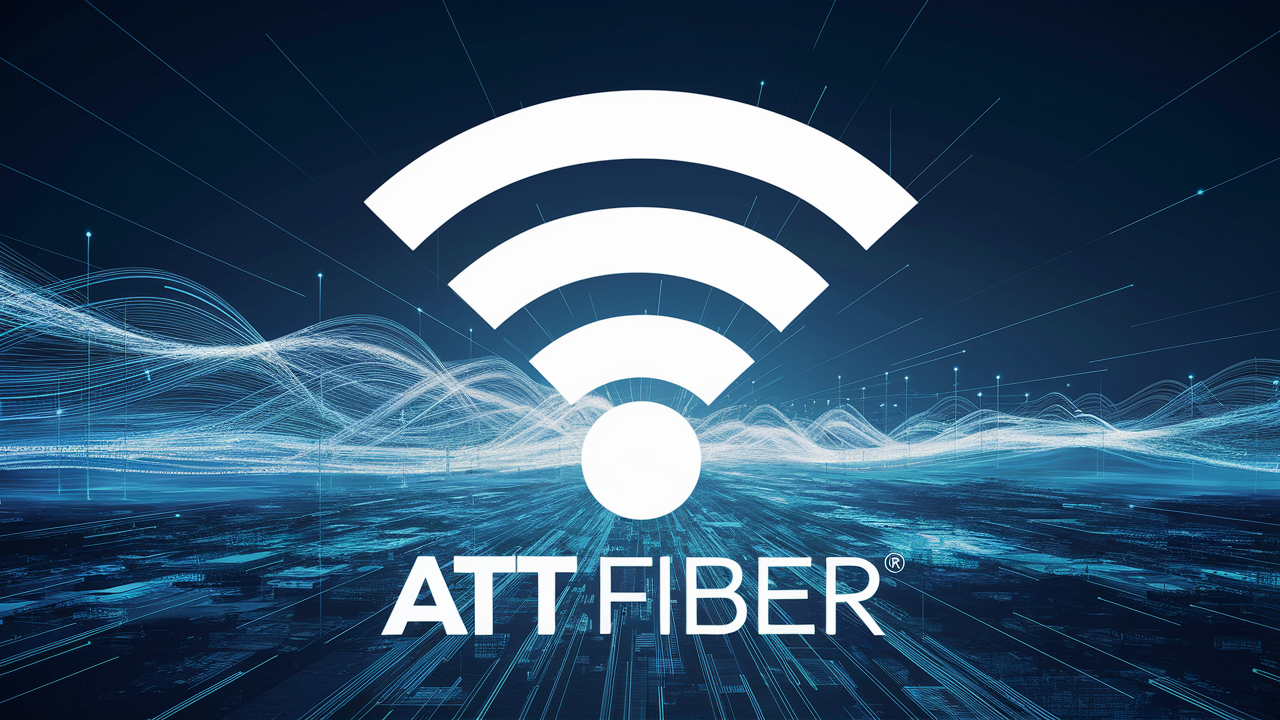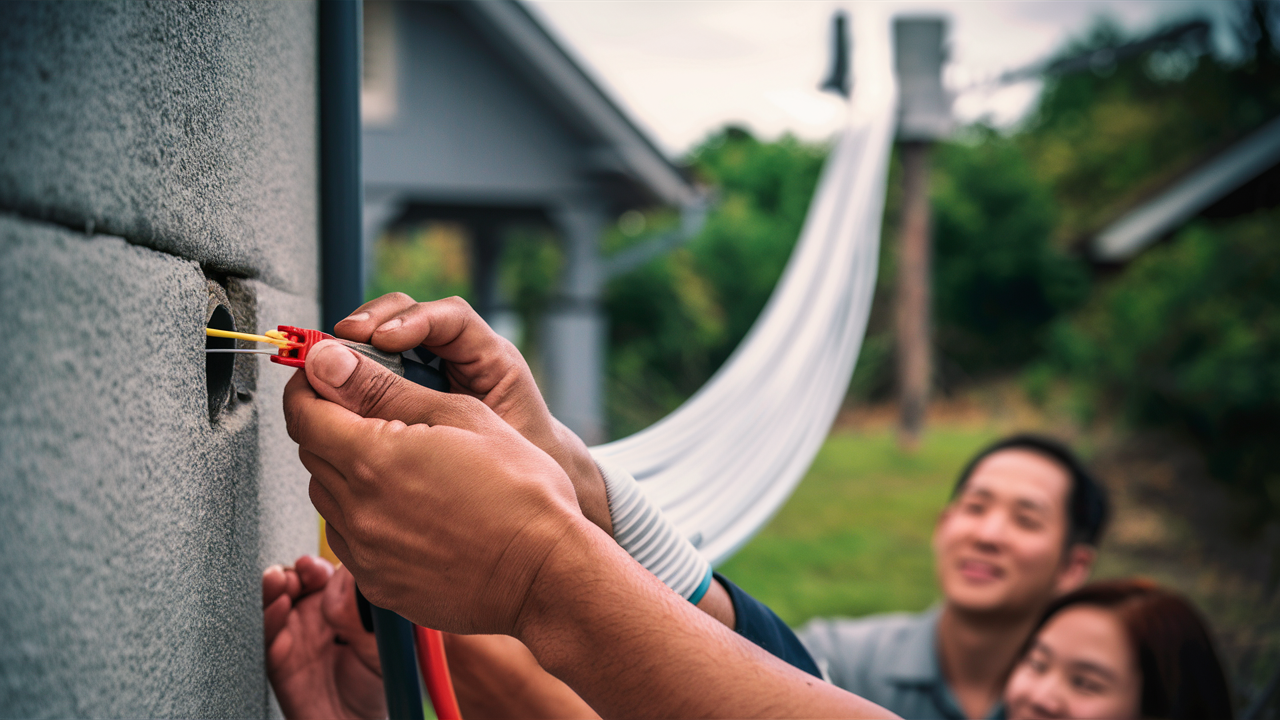
The idea of getting fiber internet to your house is always a great thing – fiber means having fast internet connection, very low ping, and more stability. But getting down to the details of how the fiber actually connects to your house is where things start to get interesting. Here’s a brief explanation of how fiber optic installation is undertaken:
The First Steps
Prior to any installation, you will have to choose a fiber internet service provider from a list of available providers such as AT&T, Verizon, or a regional provider. A technician will then pay you a visit to assess the area for the placement of fiber cables from the street line to your house. They observe how fiber optic cables can get into your home without much damage to the walls.
During the planning, the technician also looks for ‘pre-wiring’ which may exist in your home to make it easier to fix the fiber connection. Pre-wiring is more likely to mean that fibre cables may already be present from the telecom network to your house, possibly buried or using telephone poles. Thus, if so, the tech does not have to lay new cables, as the wiring can be used here.
Laying the Fiber Cable
If your home does not feature useful pre-wiring, the fiber internet installer will initiate the process of extending a fiber optic line to your home. This begins at a junction box on nearby telephone poles or underground junction boxes, if any. The technician pulls or strung the fiber cable from a network access point to your place through power lines or underground conduits.
To get fibers underground, it has to be trenched using a machine or manually for the cables to be placed few feet below the ground to avoid damaging them in the future due to construction activities or digging. Overhead lines utilize bucket trucks to install cables on existing telephone poles in-between network lines and your home.
Entering Your Home
Like with the cables, used for wiring cable TV, the fiber line makes its way into the house by boring a hole through the floor and into the basement or garage, or through an outside wall and into a cavity of an internal wall. The hole should be made at a place not easily visible even if one will have to walk past the place.
Through this hole, fiber cable, which is as slim as a fishing line, is passed through from the exterior of the building. Spaces surrounding the cable are also closed off to prevent the possible entry of rodents, water or any other debris that may harm the cables or wires.
Installing the ONT Box
Once the fiber line is pulled right up to the house, a fiber technician connects a device known as an optical network terminal box or fiber jack. This is usually a small box often made of white, gray or beige plastic that translates signals coming from the fiber cable into electrical signals that can be used by computers, routers, TV boxes, and other electronic gadgets in a home.
The ONT box needs to be installed in a well protected area, which can be a basement, a utility closet, garage or office. As it requires a power connection, it will be designed near an electrical socket, so it can be connected to.
Connecting Equipment
After it is connected and properly positioned or mounted, the ONT has other ports for the phone line, internet, TV, or security systems and other utilities that run through the fiber optic line that connects your home. Ethertnets or coaxial sockets fit directly into the ONT outlets, serving households devices for uninterrupted fiber speed.
If wifi is part of the fiber service offering then the technician also install a wireless router. This could be done directly to the ONT itself or through a modem box if one was present. Setting up the router, modem or mesh wifi system makes sure that there is coverage all over your house.
Inspecting and Protecting
Lastly, the fiber optic installer ensures that the correct gigabit internet connection is being delivered to the end users’ devices through the newly installed fiber line. They also affirm that telephone, television, and other services are equally received properly through the fibre line which connects the property.
The technician mentions the fiber cable entry point into the house and makes reference to any utilized exterior points used. This is because it helps to cover the fiber connection boxes which are usually installed outside your home against any mutilation in future as well as against any physical impacts which may result from day to day activities.
Fiber optic wiring is something you shouldn’t even realize is there when it’s buried underground in your yard or hidden behind the wall in your home. However, you will surely derive some usefulness from having faster fibre internet thanks to this complex installation process. Call a fiber internet provider to arrange for your connection at home so that you don’t have to wait for the wheel graphic anymore!
Call (844) 905-5001 to get a new AT&T connection now!
Read More:
Is AT&T Fiber upgrade really free?
Can I use a WiFi extender with AT&T fiber?
Does AT&T fiber include Wi-Fi?
